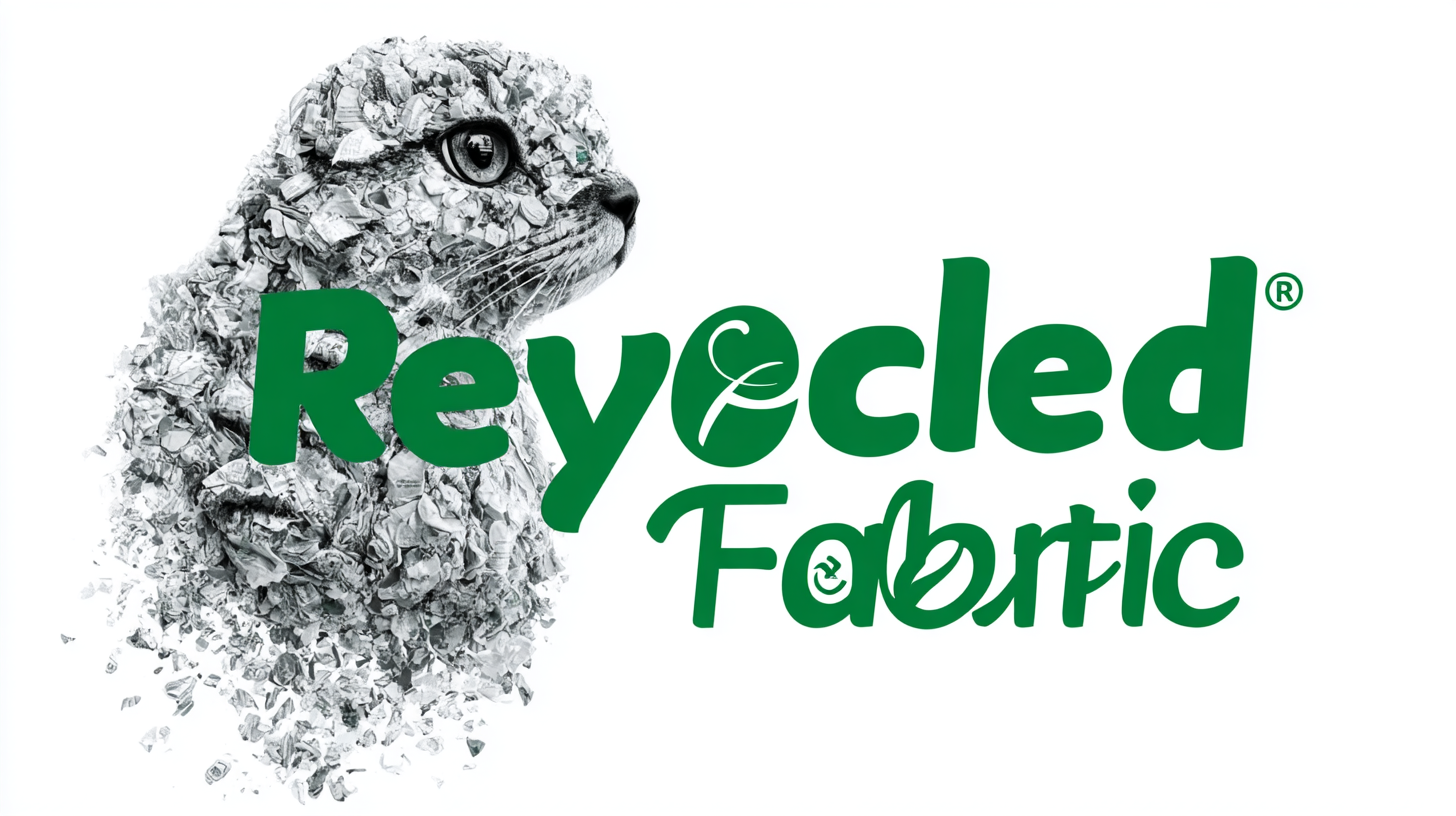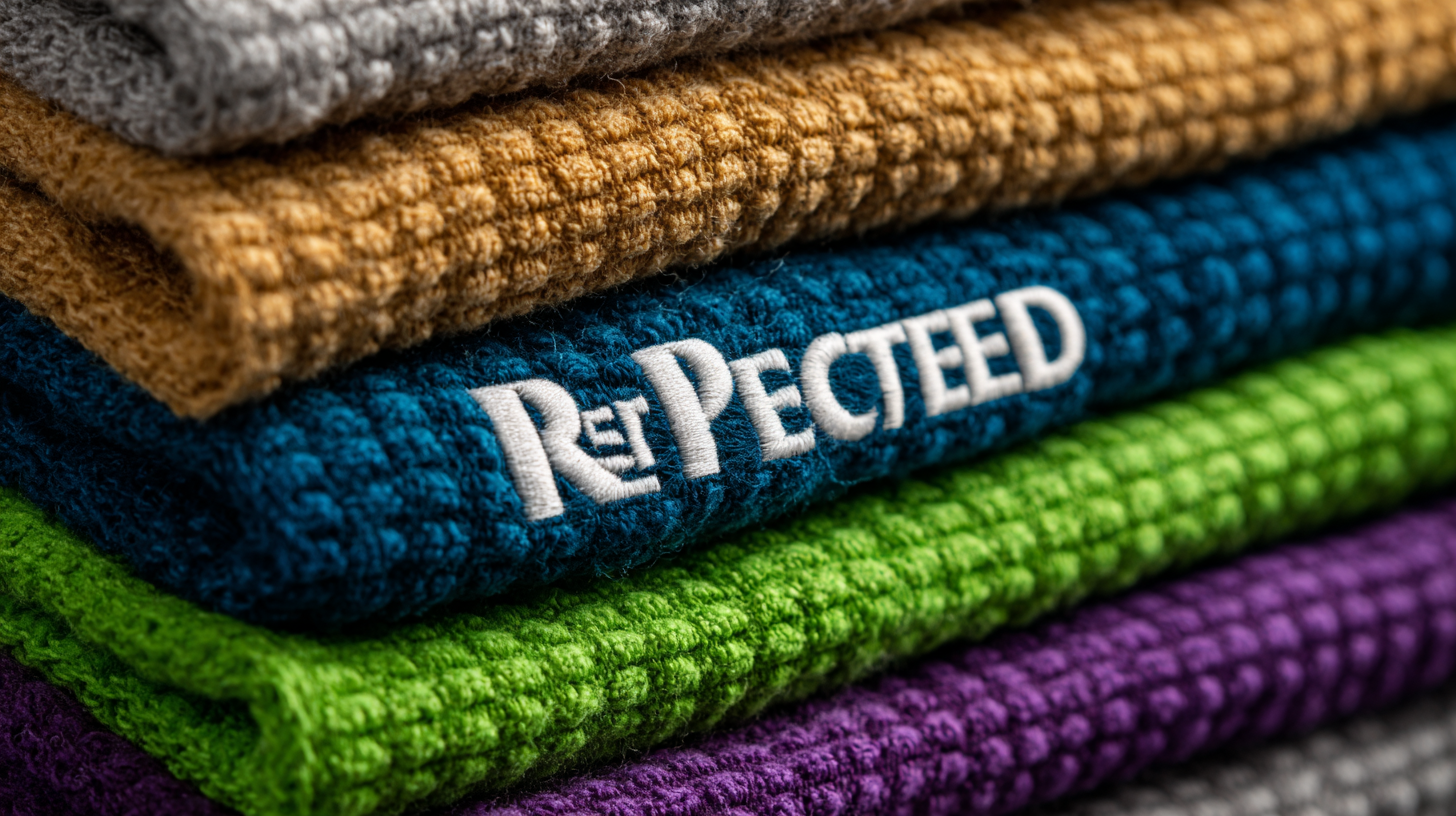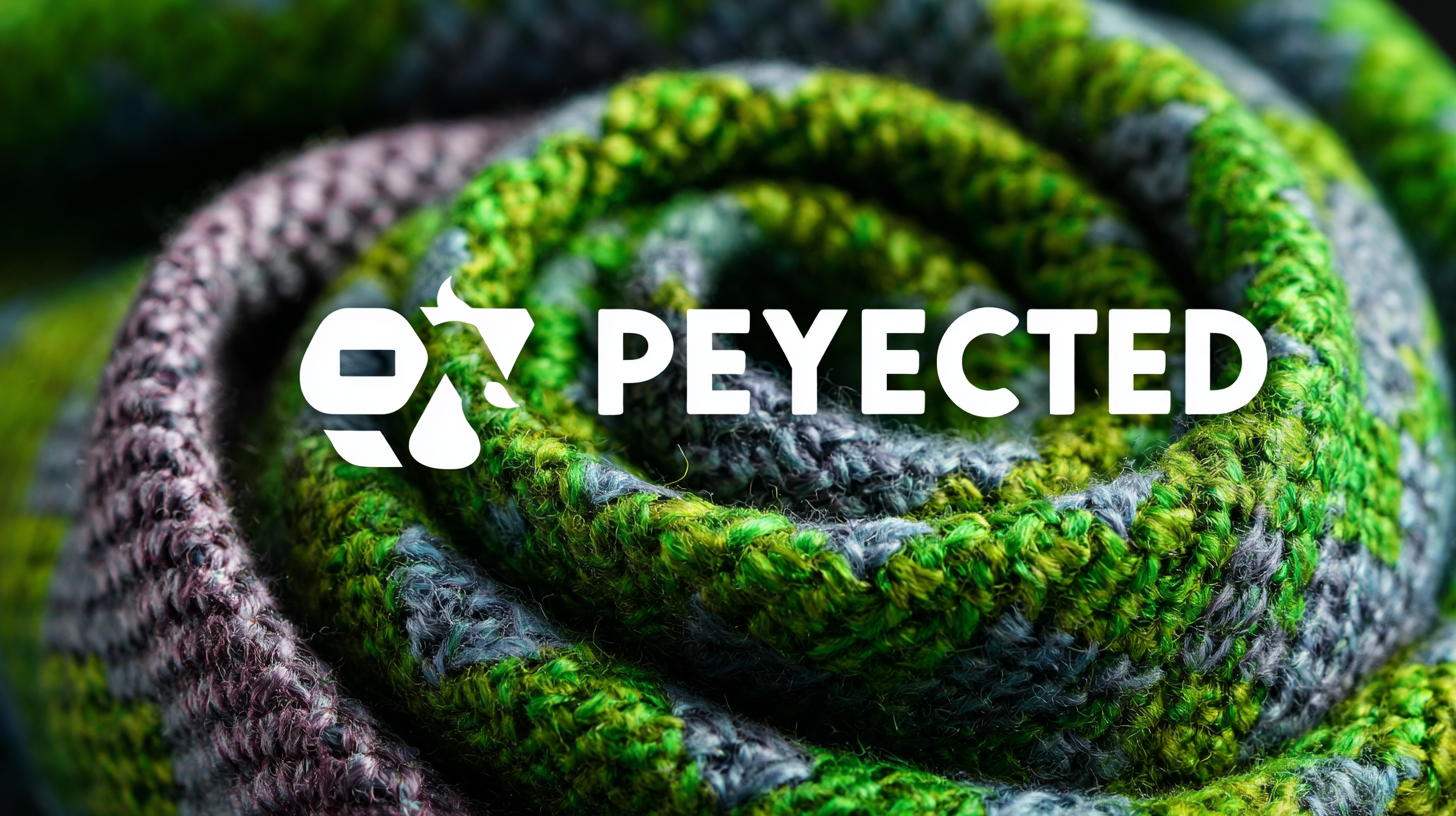In the quest for sustainable fashion, brands are increasingly turning to innovative materials to reduce environmental impact and appeal to eco-conscious consumers. One standout in this movement is Recycled PET Fabric, derived from post-consumer plastic bottles. According to a report by the Textile Exchange, the global market for recycled polyester, including Recycled PET Fabric, is projected to reach $23 billion by 2028, highlighting a significant shift towards sustainable alternatives in the textile industry. As environmental concerns escalate and consumers demand transparency and eco-friendly practices, brands that integrate Recycled PET Fabric into their strategies not only contribute to a circular economy but also enhance their market competitiveness. This blog will explore five innovative uses of Recycled PET Fabric that illustrate how eco-friendly practices can be seamlessly woven into brand strategies, paving the way for a more sustainable future in fashion.

Recycled PET fabric is revolutionizing the sustainable fashion industry, offering innovative applications that not only promote eco-friendly practices but also elevate brand strategies.
One remarkable use of this fabric is in high-performance activewear, where its moisture-wicking and durability features make it an ideal choice for athletes and environmentally conscious consumers alike. Brands like Adidas have successfully integrated recycled PET into their collections, demonstrating that sustainability and functionality can go hand in hand.
Another exciting application lies in accessories such as bags and footwear. By utilizing post-consumer plastic bottles, fashion brands are able to create trendy and durable products that resonate with eco-aware shoppers. For instance, companies like Rothy’s have garnered attention for their stylish shoes made entirely from recycled materials, illustrating how innovative design can pave the way for greener alternatives. These creative strategies not only reduce waste but also foster a sense of community among conscious consumers who value both style and sustainability.
In today's competitive market, eco-friendly brands are increasingly leveraging recycled PET (rPET) as a strategic advantage. According to a report by the Global PET Recycling Market, the demand for rPET is projected to grow at a CAGR of 9.66% from 2020 to 2027, driven by an increasing consumer preference for sustainable practices. Brands that incorporate rPET into their products emphasize their commitment to environmental sustainability, which resonates with conscious consumers. For instance, companies like Adidas have utilized rPET in their footwear, which not only reduces plastic waste but also enhances their brand image as a pioneer in eco-innovation.

Moreover, studies show that consumers are willing to pay up to 25% more for sustainable products. This trend is particularly important for brands aiming for market differentiation. By integrating rPET into their supply chains, companies not only mitigate their environmental impact but also position themselves favorably against competitors that may still rely on virgin materials. This approach has been exemplified by fashion brands such as Reformation, which highlights the use of sustainable materials in their marketing campaigns, thereby attracting eco-conscious buyers and fostering loyalty within this growing demographic.
The success of recycled PET (rPET) fabric on the global market hinges significantly on the quality of the materials used. According to a report by Grand View Research, the global recycled PET market is projected to reach $8.3 billion by 2027, driven largely by increasing demand for sustainable products. Brands that prioritize high-quality rPET not only improve their environmental footprint but also enhance their competitiveness in the textile sector. Quality rPET fabric that meets stringent standards can provide brands with a reliable supply chain, enabling them to maintain product integrity while engaging eco-conscious consumers.
Moreover, the quality of recycled PET fabrics directly impacts performance characteristics such as durability and comfort. Research from Textile Exchange indicates that high-quality rPET can reduce energy consumption by up to 84% compared to virgin polyester, making it an eco-friendly choice for brands seeking to innovate their product lines. By investing in quality rPET, companies can effectively position themselves as leaders in sustainability, appealing to a growing demographic of consumers who prioritize eco-friendly practices over price alone. These strategic choices underscore the essential role of quality in optimizing the potential of recycled materials in global markets.
In recent years, many brands have turned to recycled PET fabric as a key component in their sustainability strategies. One stellar example is a footwear company that launched a line of shoes made entirely from ocean plastic. By collaborating with non-profits, they not only provide a unique product but also raise awareness about ocean pollution, engaging consumers in an impactful way.
Another innovative use comes from a major outdoor apparel brand that has integrated recycled PET into their jackets and backpacks. They emphasize transparency in their supply chain, showcasing the journey of their materials from waste to final product. This resonates with environmentally conscious shoppers, making the brand a leader in sustainable fashion.
Tips: When implementing recycled materials into your products, consider the storytelling aspect to connect with your audience. Highlighting the journey of recycled materials can create a compelling narrative. Additionally, collaborate with organizations focused on sustainability to enhance your brand's credibility and widen your reach in the eco-friendly market.
As the textile industry faces increasing pressure to adopt sustainable practices, advancements in recycled PET (rPET) fabric technology are paving the way for an eco-friendly revolution. According to a recent report from the Global Recycling Foundation, the production of recycled PET can save up to 76% of energy compared to virgin PET. This substantial reduction not only minimizes the carbon footprint but also addresses the growing global demand for sustainable materials. In fact, the global market for rPET is projected to reach $10 billion by 2027, driven by both consumer preference for eco-friendly products and legislative changes aimed at reducing plastic waste.

Innovative brands are leveraging these advancements in rPET technology to create high-performance fabrics that cater to eco-conscious consumers. Research from Textile Exchange shows that using recycled fibers can lower greenhouse gas emissions by up to 45% per ton, highlighting the environmental benefits of transitioning to rPET. Notably, companies like Patagonia and Adidas are pioneering this shift by incorporating rPET into their production processes, demonstrating that sustainable materials can meet the quality expectations of consumers while supporting brand integrity and commitment to environmental responsibility. As technological enhancements continue to emerge, the future of rPET fabric looks promising, setting a foundation for a more sustainable textile industry.
